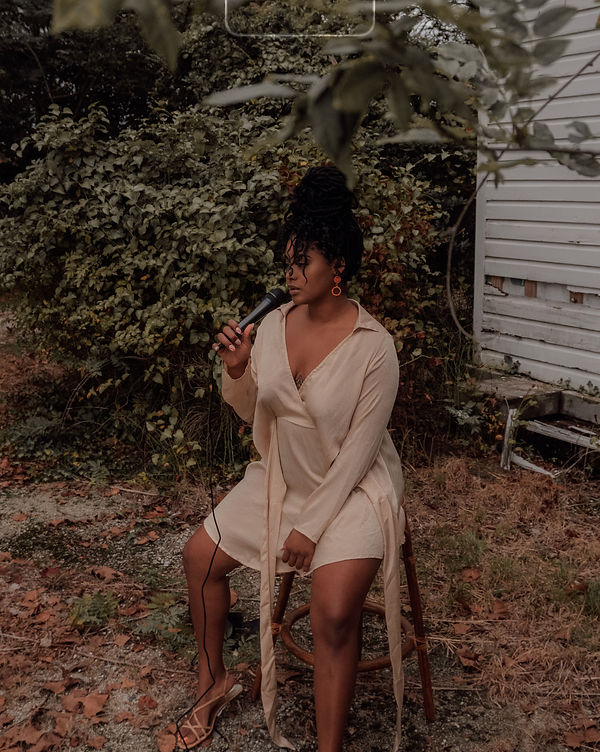Juke Joint on a Sunday Evening
Music and Jive
4 October 2020
Written by: Asha Abdul-Mujeeb
Edited by: Ashley Johnson
In 1863, President Abraham Lincoln issued the Emancipation Proclamation that established “all” enslaved Africans as “free” men and women. I use air quotes around all and free because the last community of enslaved Africans were not freed from slavery until June 19th, 1865. This is why many African-Americans celebrate Juneteenth over Independence Day.
After the emancipation of enslaved Africans, many of these men and women continued to work as sharecroppers. They were paid extremely low wages while still working extremely long hours and through unbearable conditions. Nonetheless, it was slightly better than working for free.
For newly emancipated African American men working as sharecroppers, their solace was found down by the crossroads at the juke joint. This is where Black men in 1865 could listen to Sam Cooke, gyrate with a special lady and drink moonshine without being bothered by Jim Crow laws that banned African Americans from most white establishments.

Designed and established by the Southeast African American community, the juke joint, pronounced “jook joint”, is the vernacular term for an informal establishment featuring music, dancing, gambling, and drinking. The term “juke” derives from the Gullah word joog or jug, meaning rowdy or disorderly.
“Gullah” refers to the Gullah Geechee people on the coast of South Carolina and Georgia. This community of Southerners have direct lineage from the Igbo people of Nigeria. There have been many influences in modern entertainment and music that pull from the Gullah community. Filmmaker Julie Dash, directed Daughters of the Dust, a film that shed light on the culture, heritage, and story of the Gullah Geechee people. Also, song-writer, singer, dancer, actor and entertainer, Beyonce, based many of the visual concepts of her Lemonade album off of Julie Dash’s Daughter of the Dust film about the Gullah Geechee peoples.
Many southern cultural norms are rooted and woven into African heritage. I believe the Juke Joint is a perfect display of that intersection. Originally, the music of juke joints relied on two instruments: the fiddle and the banjo. The banjo, known by many Southerners, is historically a West African instrument.
Writer Greg Allen wrote, The Banjo's Roots, Reconsidered, an NPR article examining the West African roots of the well-known African American instrument, the banjo. Allen writes, “The banjo came to America with the slaves (enslaved Africans), and musicologists have long looked in West Africa for its predecessors. Much of the speculation has centered on the ngoni and the xalam, two hide-covered stringed instruments from West Africa that bear some resemblance to the banjo.”

Devana, the subject, is a Southern woman who is more than familiar with the term Juke Joint. When she asked me to capture her whilst singing in the woods outside of this old structured home, I didn’t know what feelings or moods would be evoked. As soon as she connected her bluetooth to her mic and speaker I immediately imagined live music, somebody’s mama’s moonshine, dancing in the woods under the southern sunset; a juke joint on an Autumn evening.



